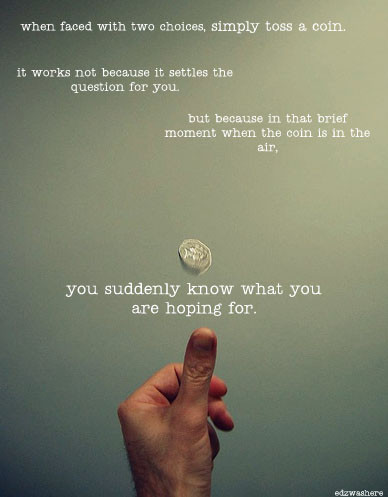“Lowboy” by John Wray
Monday, February 15th, 2010At first glance, John Wray’s Lowboy looked like a run-of-the-mill YA novel–young mentally ill boy gets lost in NYC. It sounded rather like The Curious Incident of the Dog in the Night Time. Then I looked at the reviews, and looked again, because they were impressive–stars from both PW and Kirkus. As it was on The Morning News 2010 Tournament of Books short list, and had a short wait at the library, I decided to give it a try. I’m glad I did; I’d have been sorry to miss this book.
Will Heller is a 16yo schizophrenic who has stopped taking his meds, and run away from his caretakers to ride the NYC subway.
He got on board the train and laughed. Signs and tells were all around him. The floor was shivering and ticking beneath his feet and the brick-tiled arches above the train beat the murmurings of the crowd into copper and aluminum foil. Every seat in the car had a person in it. Notes of music rang out as the doors closed behind him: C# first, then A. Sharp against both ears, like the tip of a pencil. He turned and pressed his face against the glass.
A detective, Ali Lateef, is tasked with finding Will, who is considered an SCM, or Special Category Missing. He meets with Will’s mother and tries to unravel why Will has run away, and more important, whether he’s a danger to himself or others. Chapters of Lateef and the mother in an intricate dance of information alternate with those of Will, nicknamed “Lowboy”, who is convinced that the overheating world is going to end in flames, and that only he and his actions can stop it.
This book is many things: psychological mystery, coming-of-age tale, and meditation on global warming are just a few. Initially, the comparison of Will to a famous NYC roaming schoolkid named Holden was most obvious to me. As the tale unraveled, though, I was put more in mind of Hamlet and Raskolnikov. This is a smart, scary, many-layered tale. I enjoyed and admire it a great deal.




 (shown with dried cherries, pecans and dark chocolate candy)
(shown with dried cherries, pecans and dark chocolate candy)


